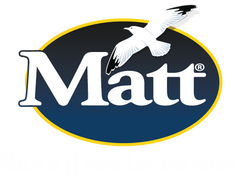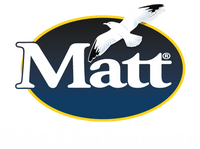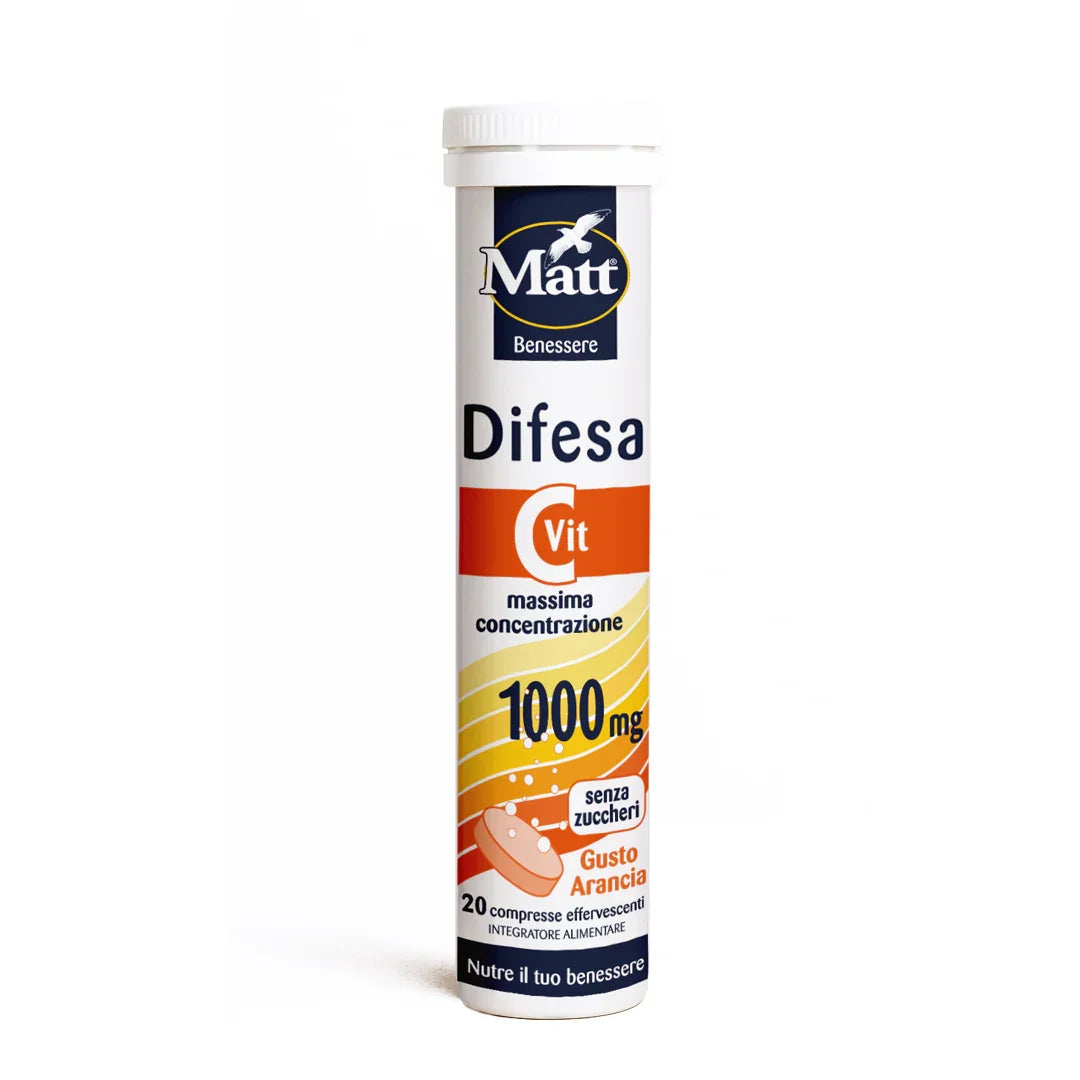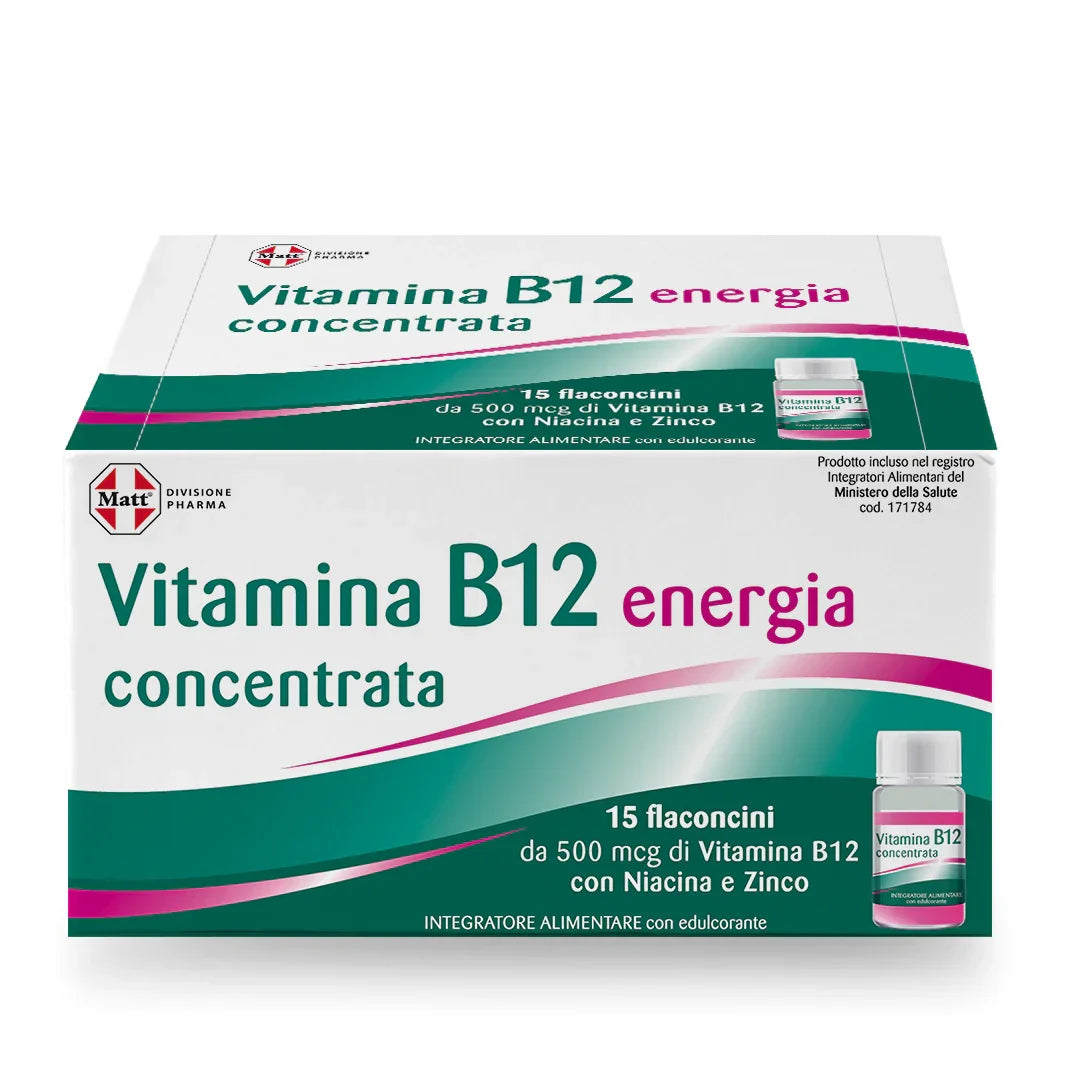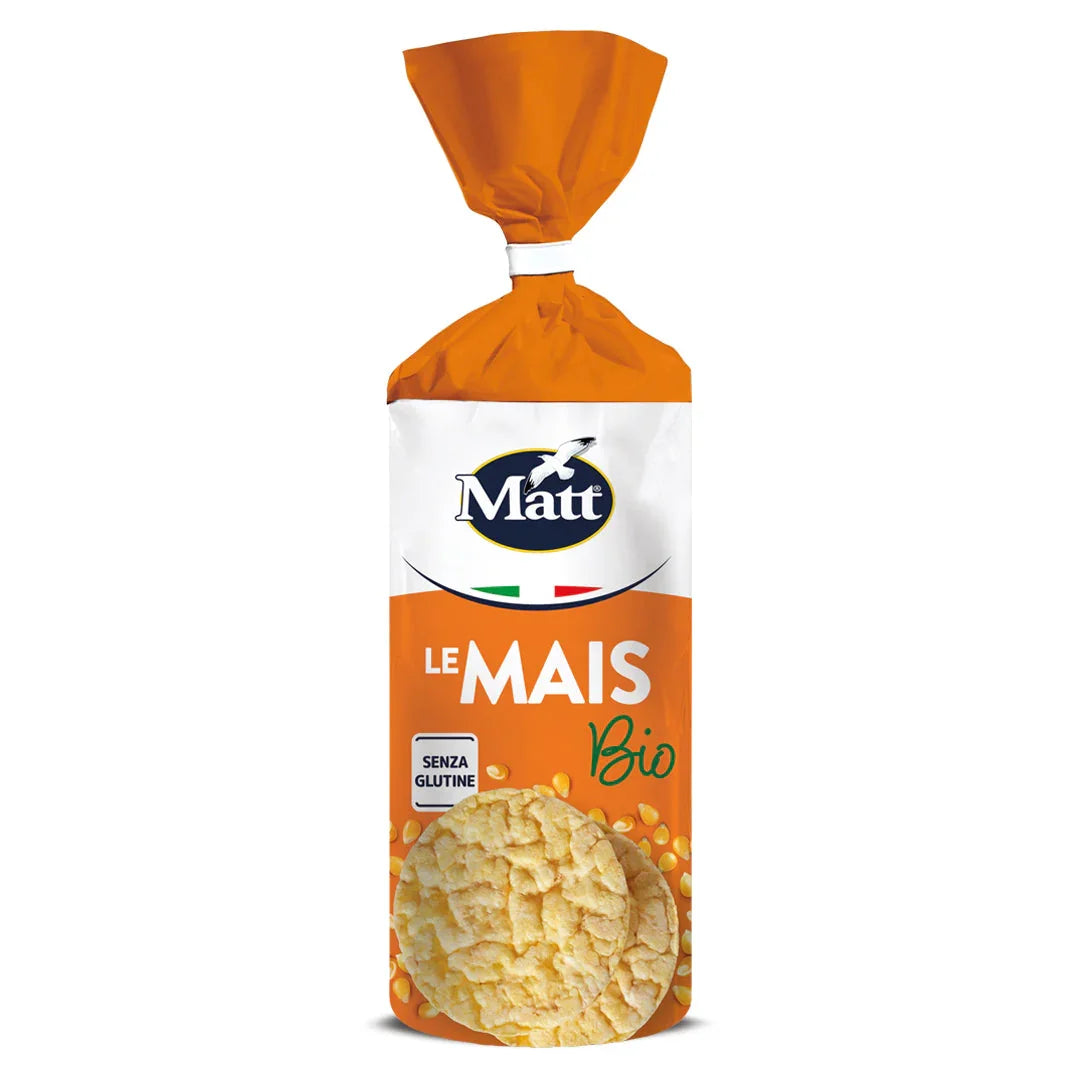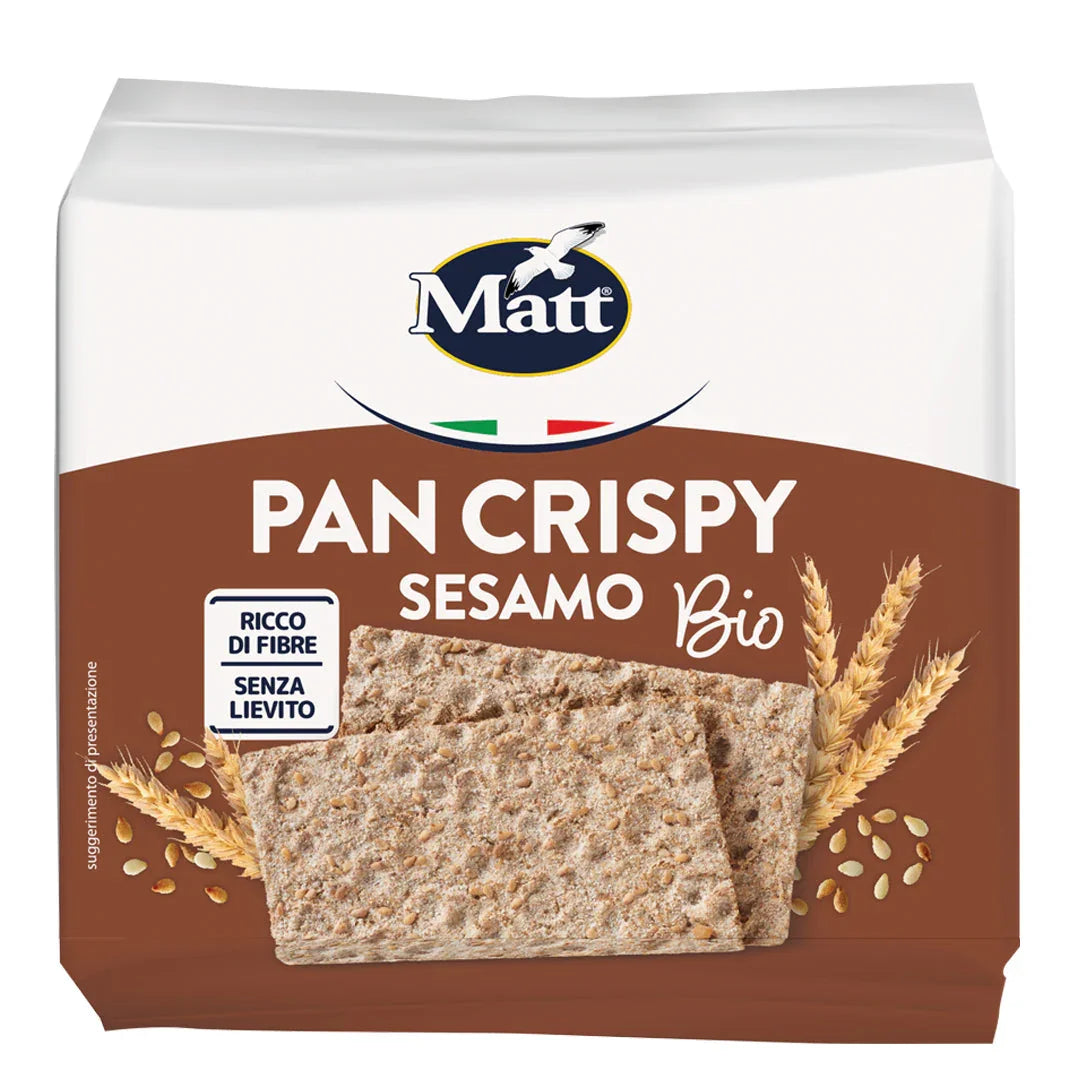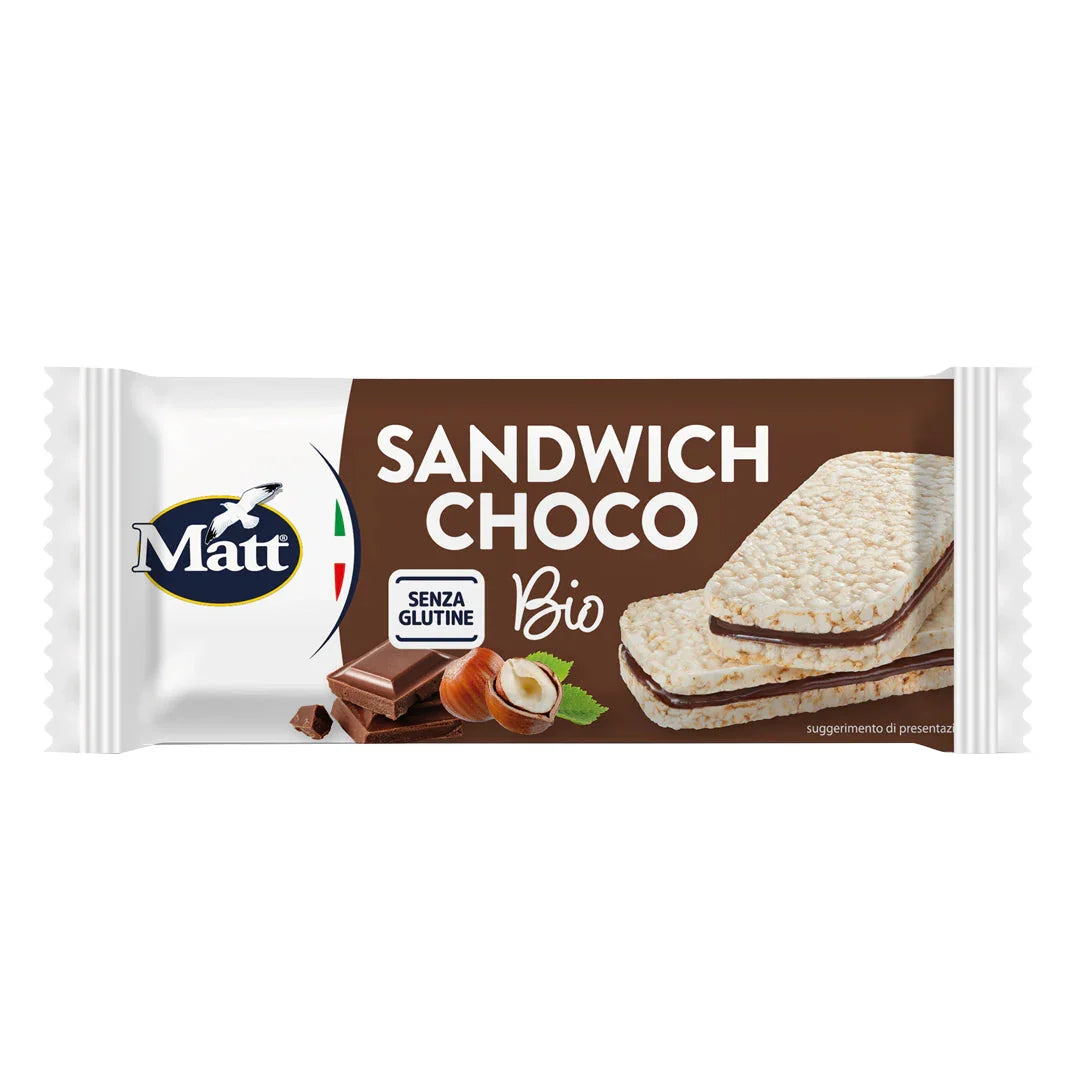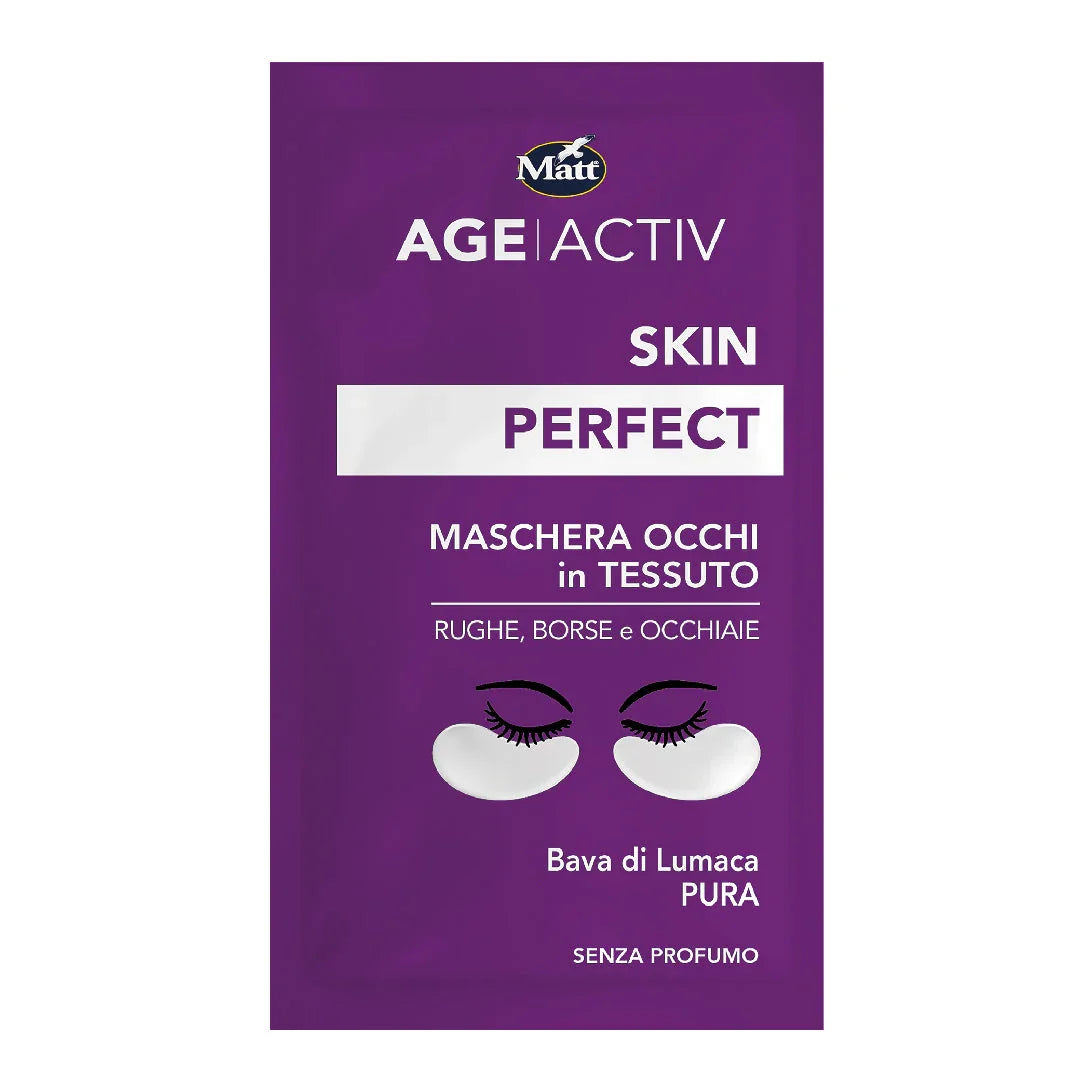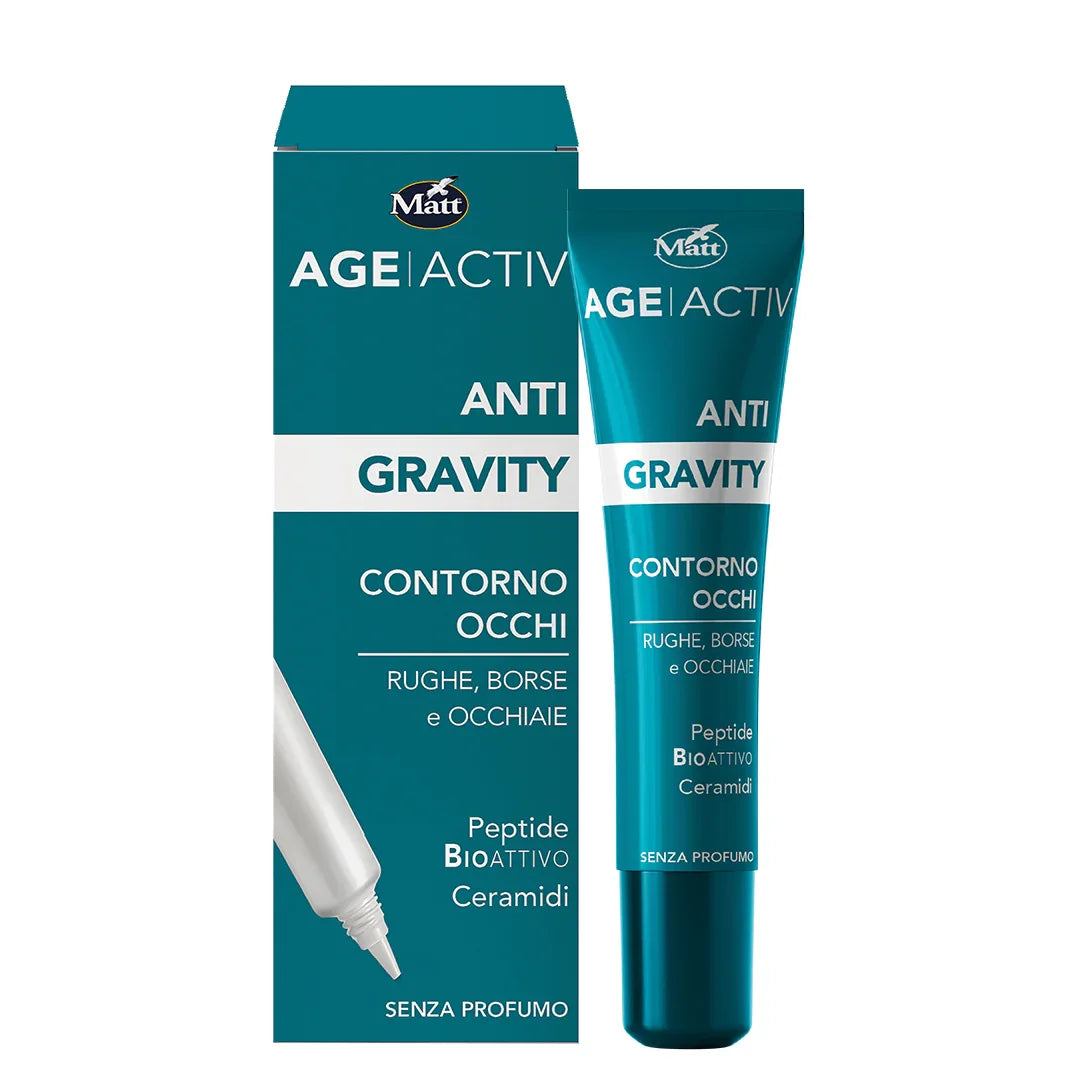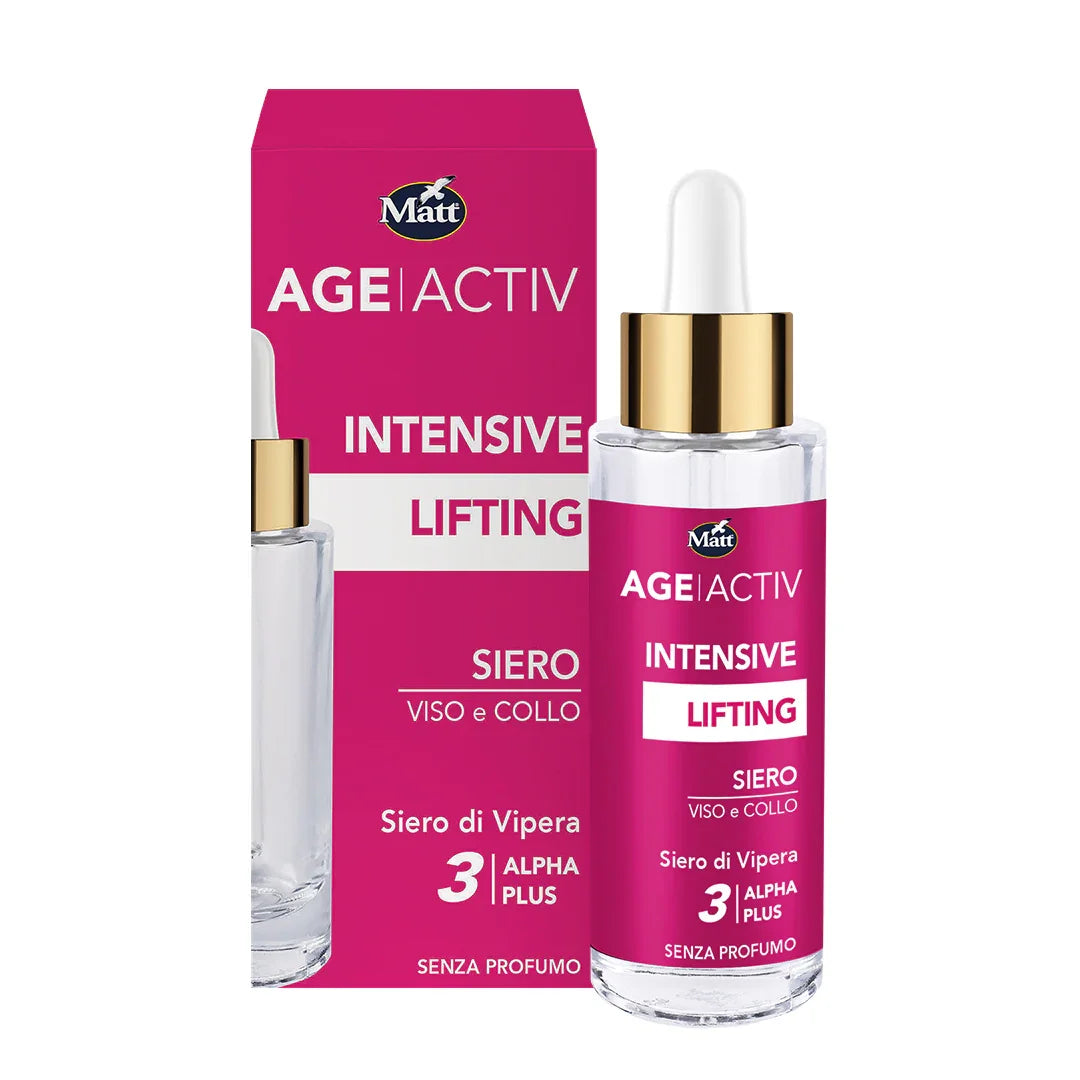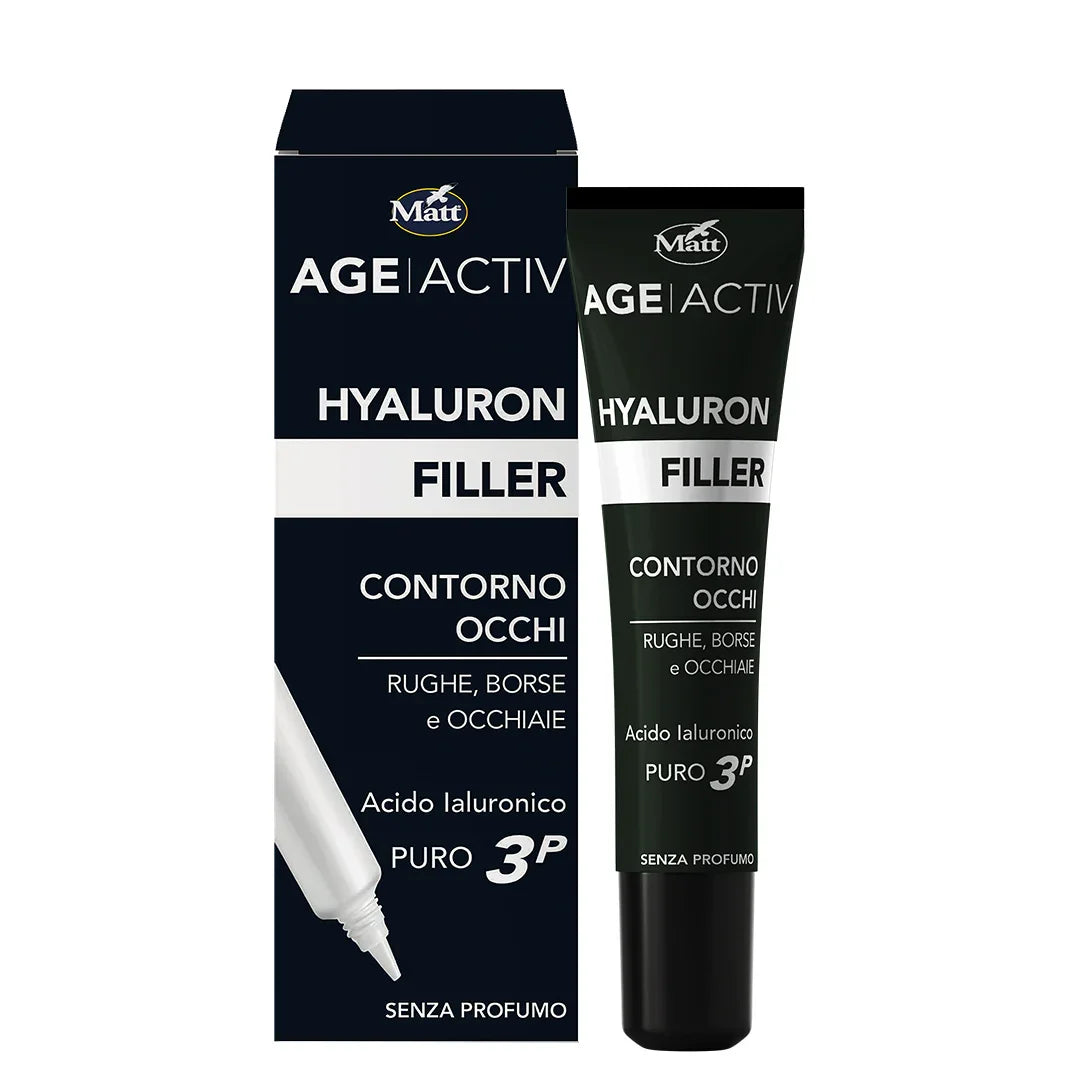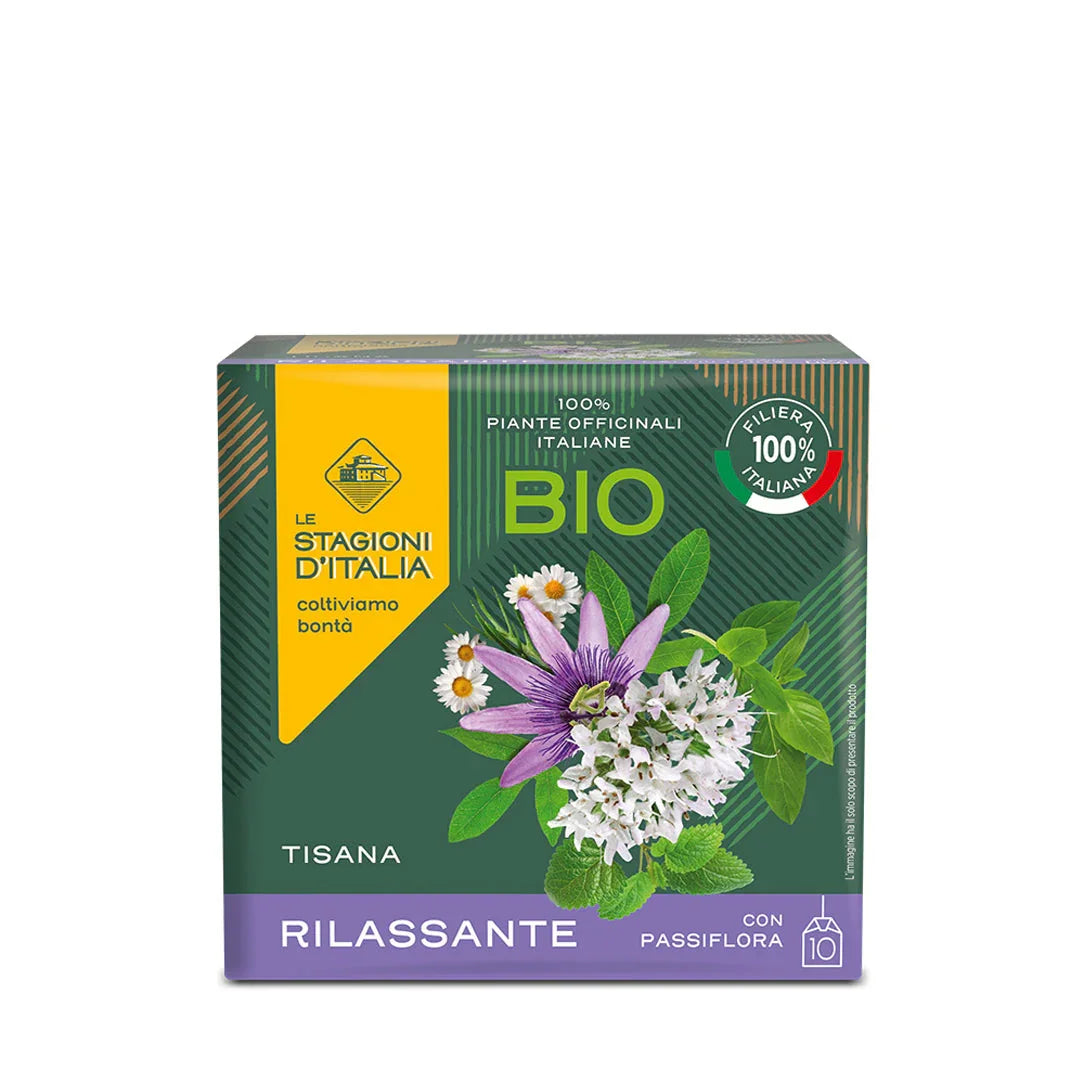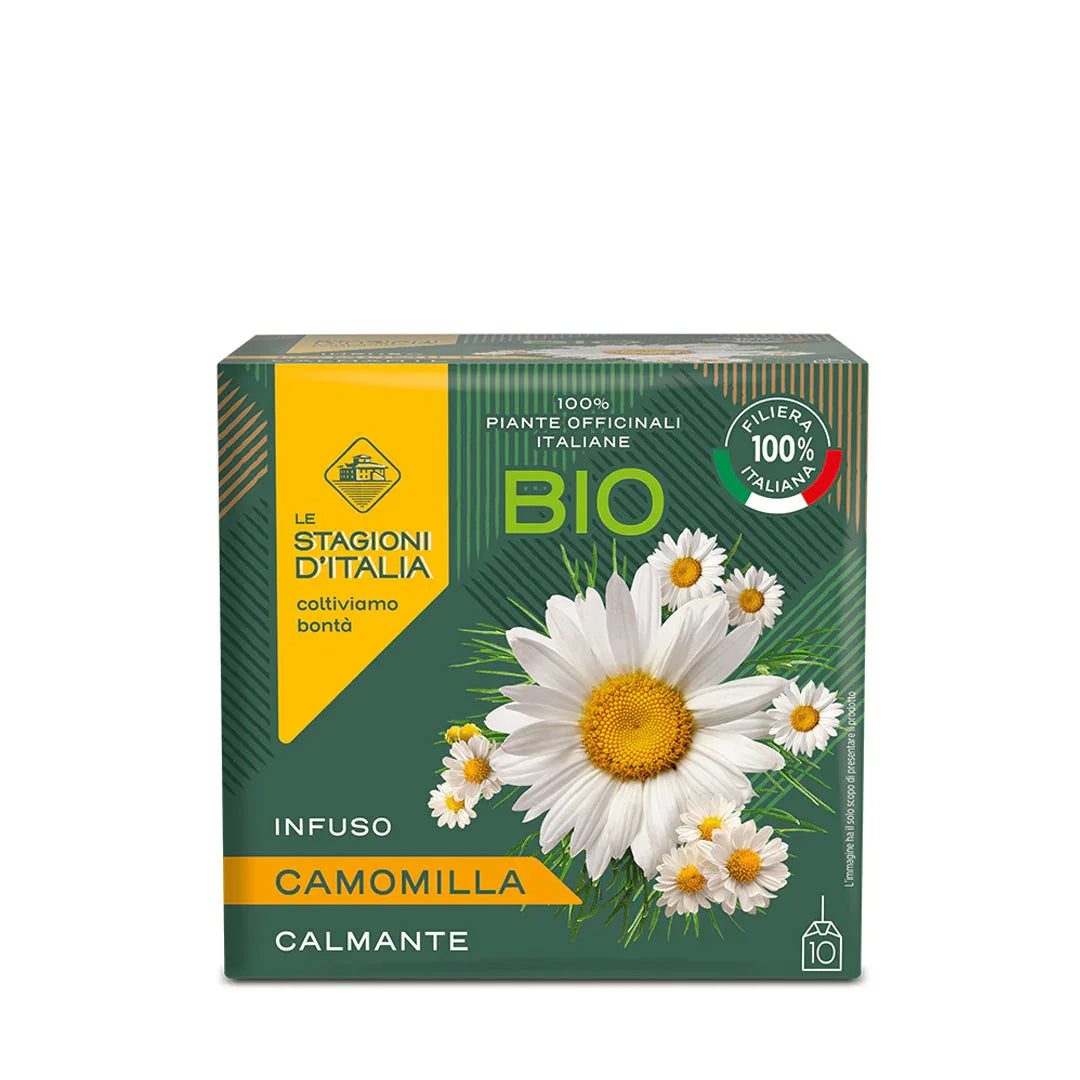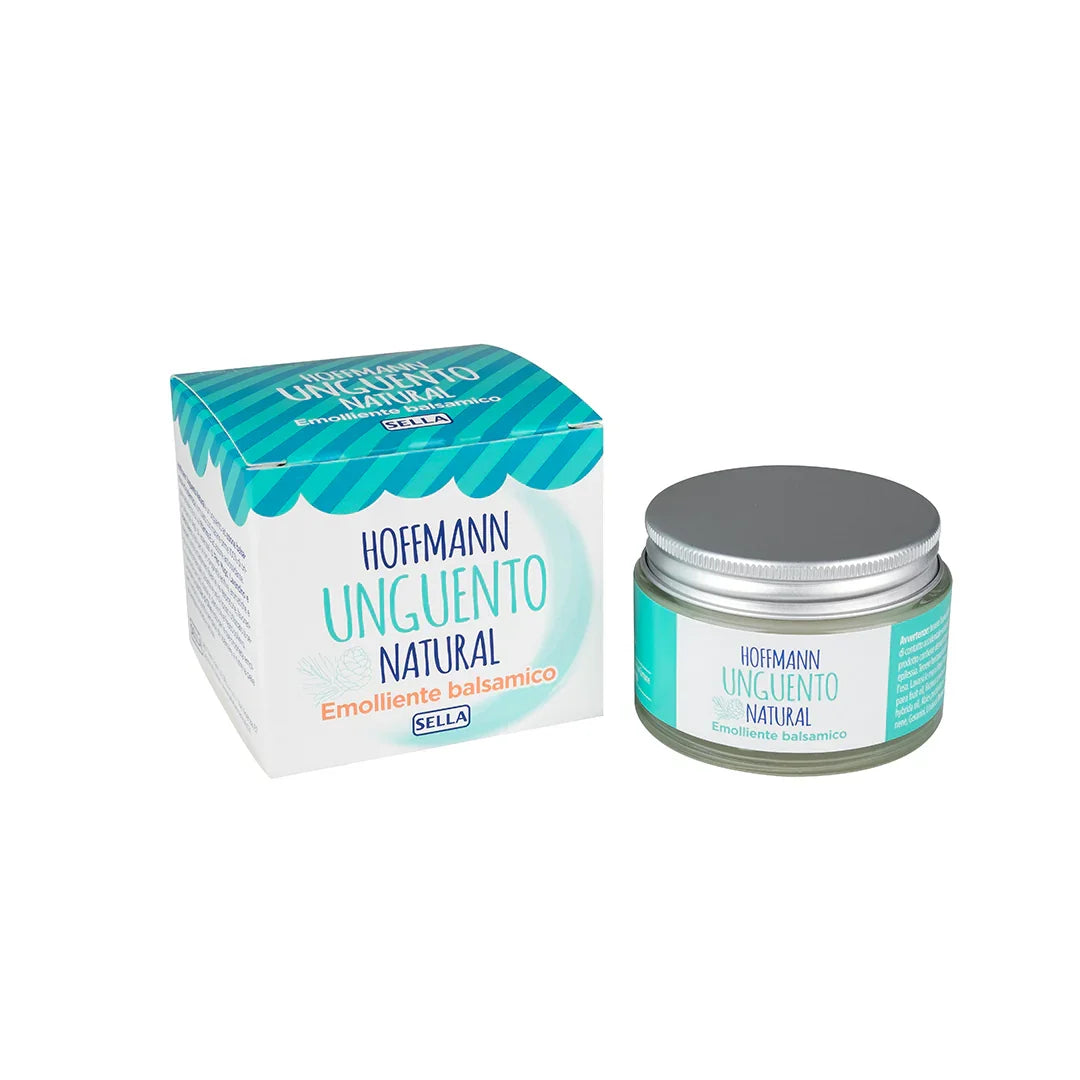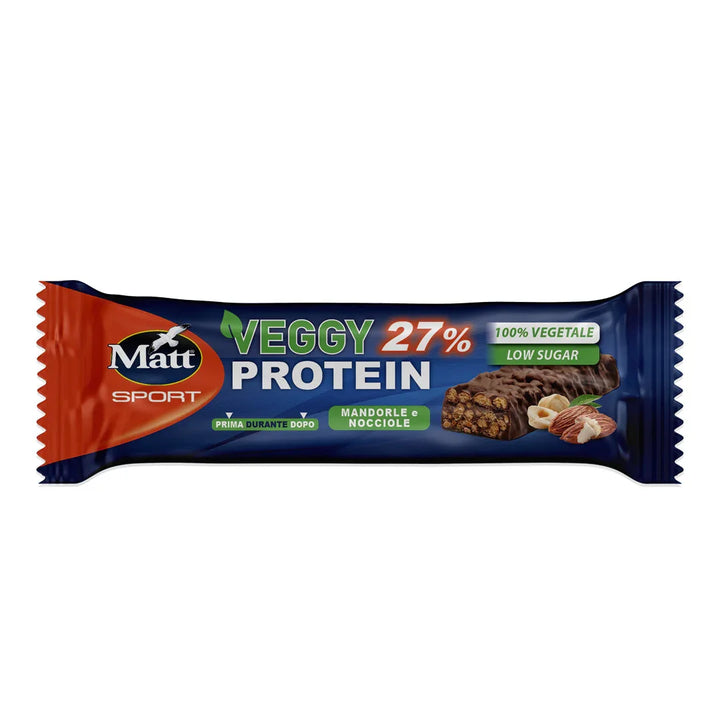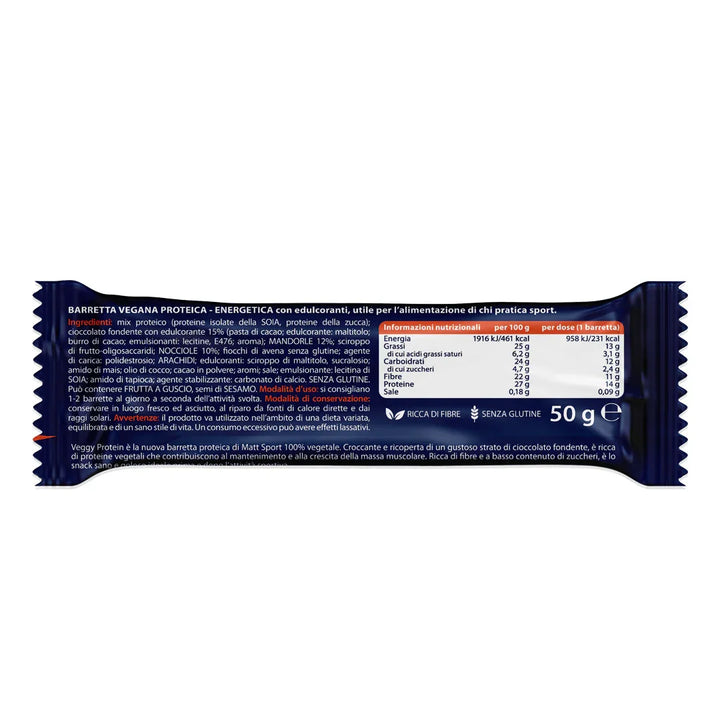Protein bars have become a staple in modern nutrition. Originally designed to support athletes' nutrition, they are now popular with a wider audience, who use them as a convenient snack for managing hunger, supporting muscle growth, or supplementing protein on the go.
Here's a definitive guide to clarify the role of protein bars , their benefits, and, above all, how to read the label to make informed choices that meet your nutritional goals.
The Key Role of Protein in the Diet
Before analyzing protein bars , it's essential to reiterate the importance of protein . Proteins are essential macronutrients, biological molecules composed of amino acids, which our body cannot produce in sufficient quantities and must be consumed through diet.
Crucial Functions of Proteins:
- Structural Function: Proteins contribute to the growth and maintenance of muscle mass .
- Enzyme and Hormonal Function: Many proteins act as enzymes that catalyze vital reactions or as hormones that regulate biological processes.
- Satiety Control: Proteins take longer to digest than carbohydrates and fats, contributing to a prolonged feeling of satiety . This aspect is crucial for those using bars as part of a controlled low-calorie diet.
Protein Bars: Benefits and Conscious Use
Protein bars are a concentrated form of nutrients, designed to provide a significant amount of protein in a single serving.
Who needs protein bars?
- Athletes and Sportspeople: Typically used post-workout to aid muscle recovery and repair or as a pre-workout snack to provide energy and amino acids.
- Diet support: Replacing a high-sugar snack with a protein bar can help control blood glucose levels and prolong satiety.
- Nutritional Supplement: useful for elderly people or for those who have difficulty meeting their daily protein requirement with main meals alone.
- Convenience: They provide a balanced nutritional intake in an extremely practical format, ideal for travel or during busy days.
When to Use Them (Strategic Timing)
- Post-Workout: Consuming a protein bar within an hour of finishing exercise can optimize muscle recovery.
-
Hunger Break: perfect mid-morning or mid-afternoon.
The Art of Reading Labels: What to Look for
The effectiveness and quality of a protein bar can be measured by carefully reading the nutrition label.
The Evaluation Criteria:
- Protein Source:
-
Whey Protein: ideal for post-workout (as
- Plant-based proteins (e.g., soy, pea, rice) are an excellent choice for vegans or those with lactose intolerance.
- Sugar Content: A quality bar should balance flavor with low added sugars. Sugar alcohols (such as maltitol or erythritol) are often used as sweeteners, but excessive consumption can have a laxative effect.
- Fats (Lipids): It is preferable that fats come from high-quality sources (e.g. cocoa butter, nuts) and not from hydrogenated vegetable oils.
- Fiber: A good fiber content aids digestion and contributes to the feeling of satiety.
Matt bars offer several options: from Veggy Protein bars with an exotic coconut flavor, which offer a completely plant-based protein source, to Crunchy & Creamy Protein bars with delicious fillings like hazelnut or salted caramel, designed for those who don't want to sacrifice taste while maintaining a high protein intake.
Focus: Protein and Muscle Mass
Supplementing with protein bars is particularly important for those aiming to increase or maintain muscle mass.
Protein contributes to the maintenance and growth of muscle mass . However, as also emphasized in authoritative texts, supplementation alone is not sufficient. It must be accompanied by:
- Resistance Training: to stimulate muscle protein synthesis.
- Adequate Calorie Balance: Too aggressive a calorie deficit can negate the anabolic action of protein.
In this context, the convenience of a protein bar can prove useful. By quickly providing amino acids, it supports muscle recovery when time for a full meal is limited.
Nutritional Considerations
It is important to remember that protein bars are food supplements and not substitutes for a varied and balanced diet.
- Vegan and Vegetarian Diets: Offering plant-based protein bars (such as Veggy Protein formulations) is crucial to ensure that even those following restrictive diets can supplement their protein intake, which contributes to the maintenance of muscle mass, without resorting to animal sources.
- Portion Control: While convenient, the high calorie content of some bars makes them unsuitable for unlimited consumption. Consumption should always be proportionate to your daily energy expenditure and goals.
Choosing the right protein bar means balancing your protein, fat, and sugar intake based on your needs. Matt is committed to offering a variety of options, from plant-based to more gourmet , like creamy hazelnut or salted caramel flavors, to support every lifestyle in a healthy and delicious way.
Frequently Asked Questions (FAQ)
1. When is the best time to eat a protein bar? The optimal times to consume a protein bar are: 1) Immediately after training to support muscle recovery and protein synthesis; 2) As a mid-morning or mid-afternoon snack to increase satiety and stabilize energy levels until the next meal.
2. Do protein bars make you gain weight? No , protein bars do not, in and of themselves, cause weight gain. Weight gain is caused by an overall caloric surplus. If a bar is added to your diet without balancing your total calorie intake, it can contribute to weight gain. Balance is key: the bar should replace a less nutritious snack or supplement a protein deficit, not be added indiscriminately to your diet.
3. What's the difference between milk protein bars and plant-based bars? The main difference is the protein source and amino acid profile .
4. How many protein bars can I eat per day? There's no hard and fast rule, but it's generally recommended to consume no more than one or two bars per day . Bars should be considered a supplement, not the main source of protein. Most of your protein intake should come from fresh, unprocessed foods.
5. What does "high protein" mean on a label? According to EU Regulation 1924/2006 (on nutrition claims), a product can claim the "high protein" claim if at least 20% of the food's total energy comes from protein. This is a key indicator for identifying a true protein bar versus a simple low-protein energy bar.
